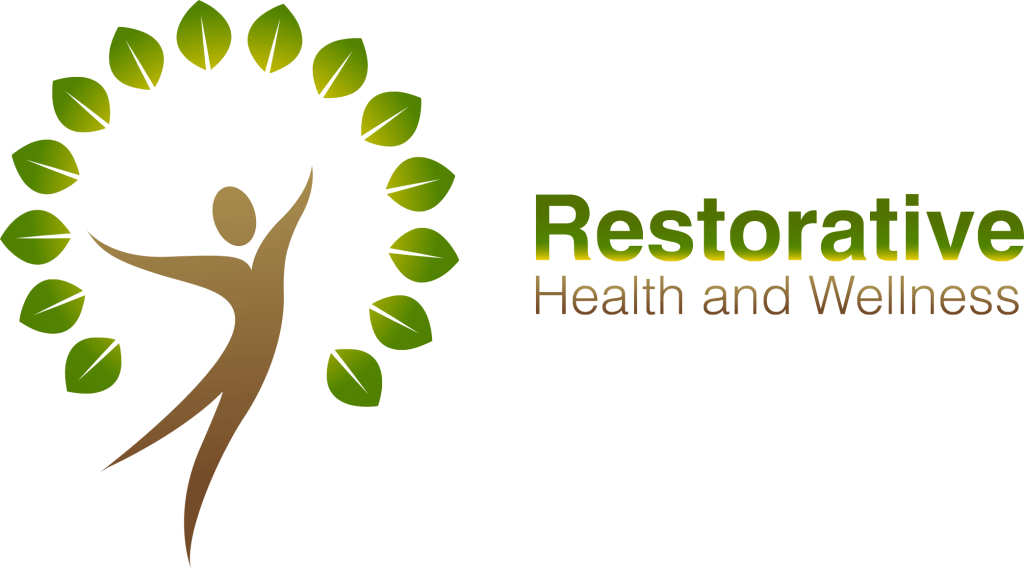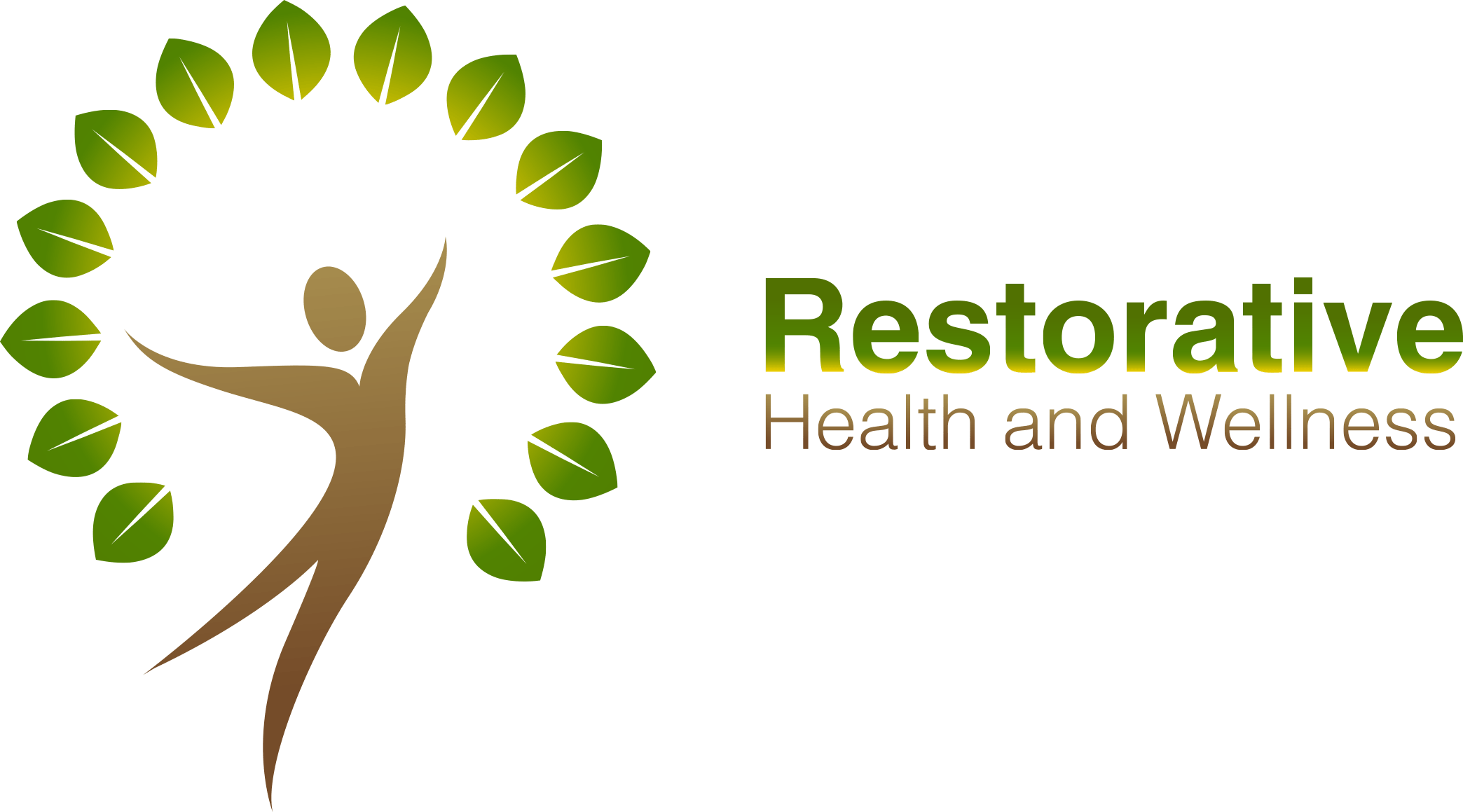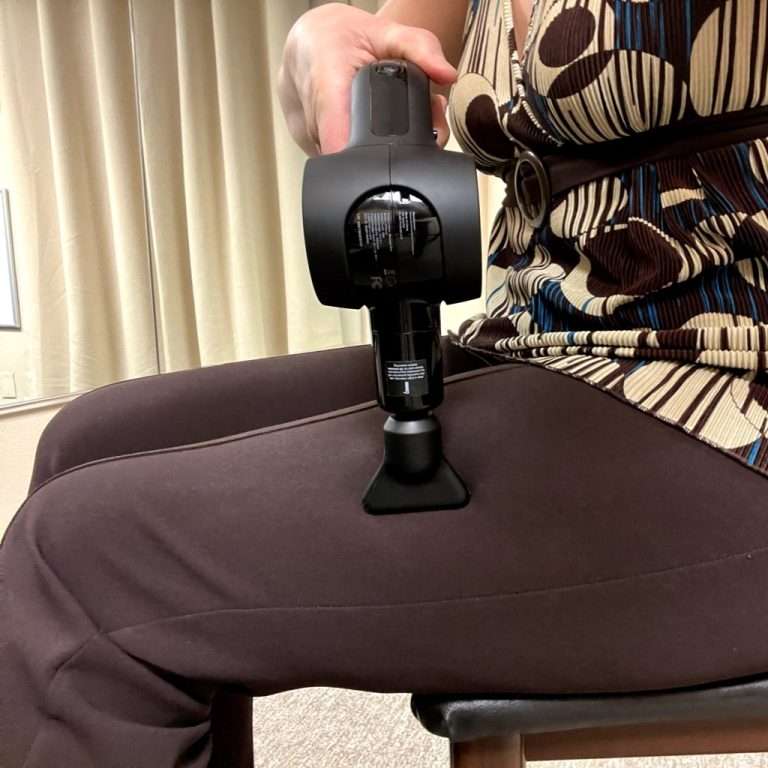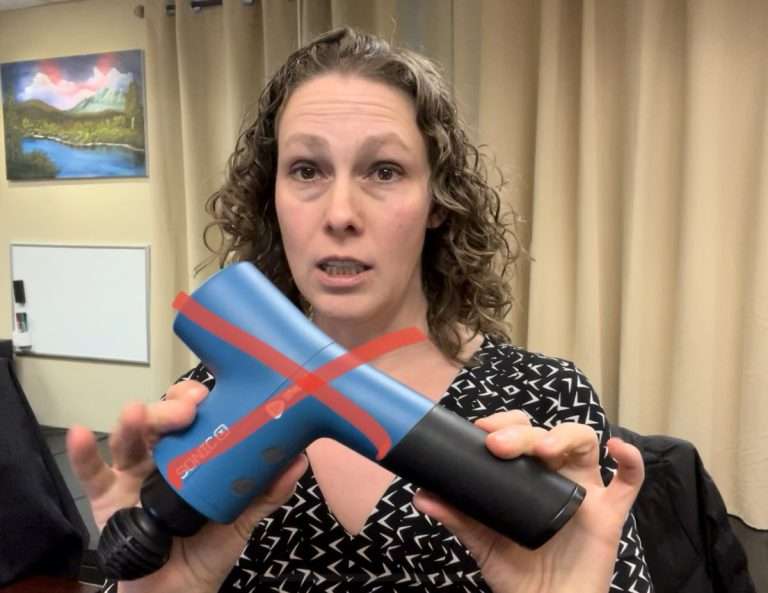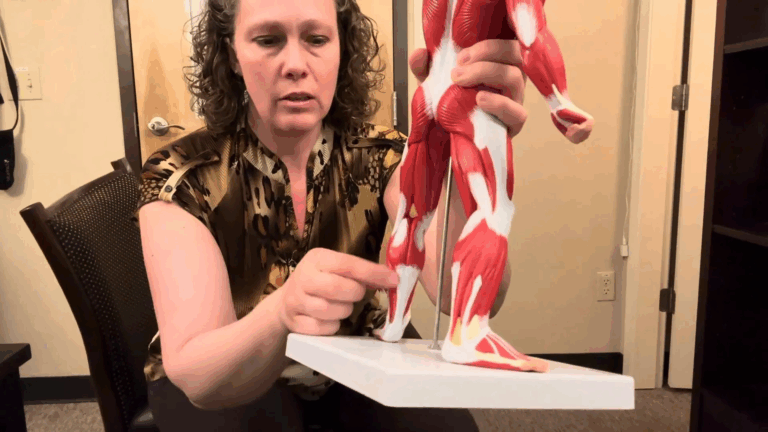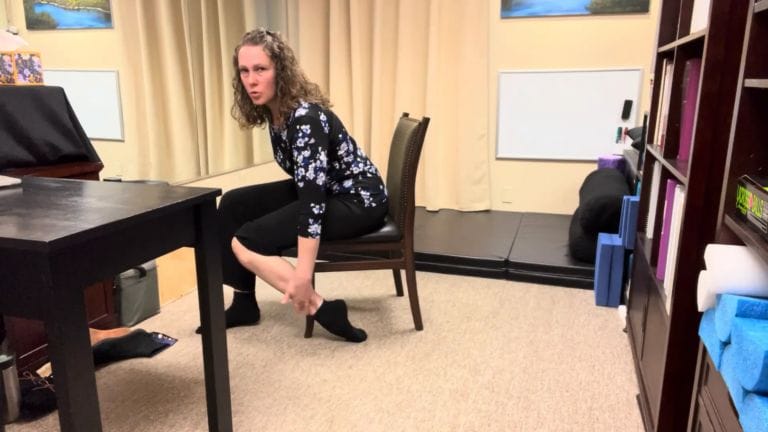Mastering Anterior Calf Massage with a Massage Gun
Mastering Anterior Calf Massage with a Massage Gun
Using a massage gun can significantly enhance your muscle recovery and alleviate pain. In this guide, we’ll dive deep into how to effectively use a massage gun on your anterior calf muscles, ensuring you get the most out of your sessions. Whether you’re an athlete looking to optimize your performance or someone seeking relief from daily muscle tightness, this guide is tailored for you.
Table of Contents
- Understanding the Anatomy of the Anterior Calf
- Choosing the Right Massage Gun
- How to Use a Massage Gun on Your Anterior Calf
- Benefits of Using a Massage Gun
- When to Use a Massage Gun
- Common Mistakes to Avoid
- Frequently Asked Questions
- Conclusion
Understanding the Anatomy of the Anterior Calf
Before we dive into the practical application, it’s essential to understand the anatomy of the anterior calf. The anterior calf, primarily composed of the tibialis anterior muscle, plays a crucial role in foot movement and stability. Tightness in this area can lead to discomfort and restrict your mobility.
Here are the key components of the anterior calf:
- Kneecap: The bony structure at the front of the knee.
- Shank: The lower leg area, which houses the tibialis anterior and other muscles.
- Muscle Attachments: Various muscles in the calf connect to the knee and foot, facilitating movement.
Choosing the Right Massage Gun
For this massage, I recommend using a quality device like the Bob and Brad massage gun, which comes equipped with various attachments. The flat tip attachment is ideal for targeting the anterior calf effectively.
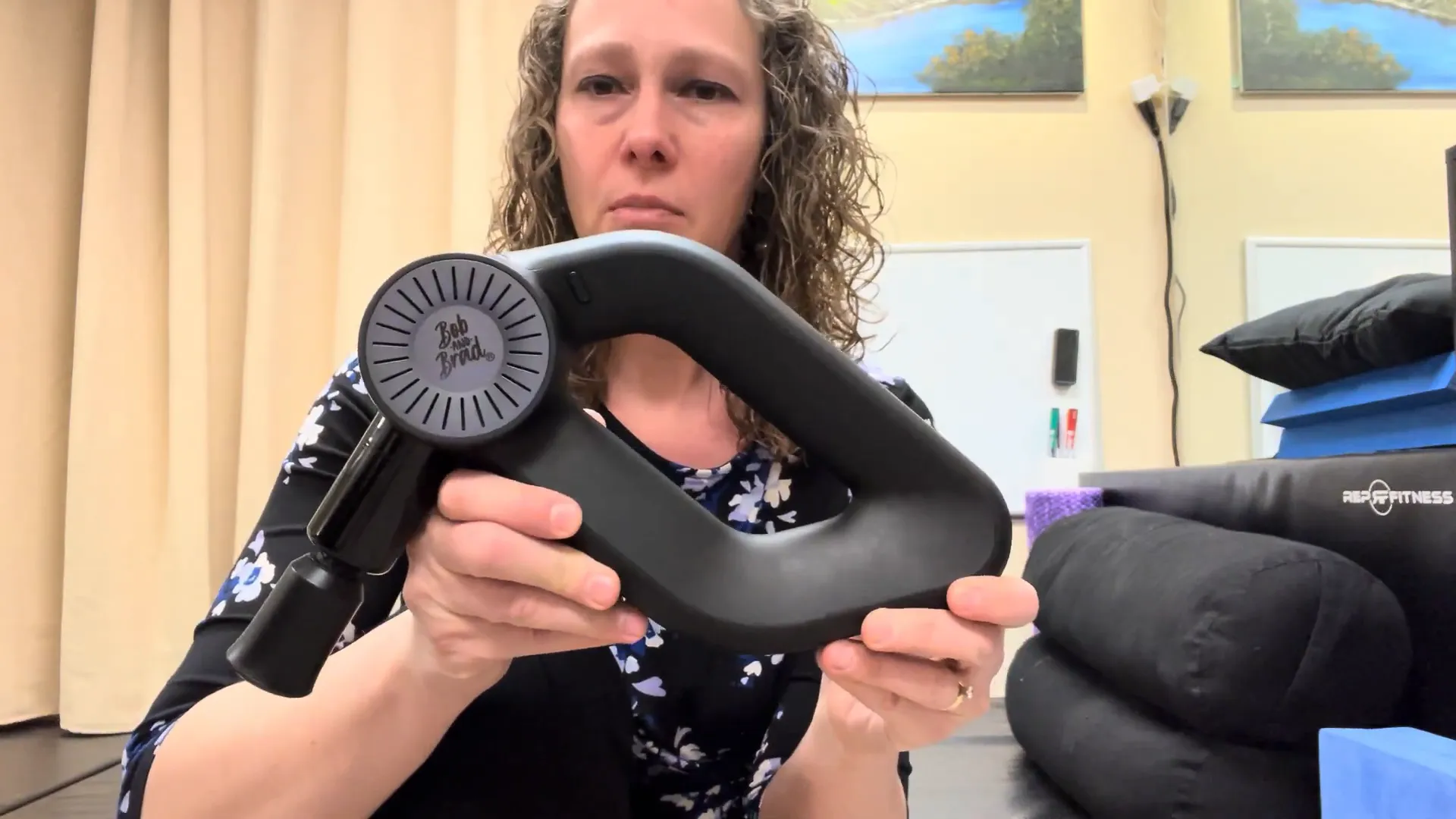
How to Use a Massage Gun on Your Anterior Calf
Now, let’s get into the step-by-step process of massaging your anterior calf with a massage gun. Follow these instructions for effective results:
- Position Yourself: Find a comfortable position where you can easily access your calf muscles.
- Start at the Center: Begin your massage in the center of the tibialis anterior muscle. This is crucial for an effective massage.
- Use Gentle Pressure: Turn on the massage gun and gently press it against the muscle. You don’t want to apply too much pressure initially.
- Move Up and Down: Gradually move the massage gun up and down along the muscle, avoiding the bony areas. Always be cautious of how close you get to the bone to prevent discomfort.
- Monitor Soreness: If you hit a sore spot, spend a bit more time there. If the area feels fine, continue moving downwards.
- Adjust Pressure as Needed: If the gun is bouncing excessively, it might indicate you’re either too close to the bone or applying too much or too little pressure. Make necessary adjustments.
- Focus on Tight Areas: Pay attention to areas that feel tight or sore. For me, I find that the back of the calf often holds more tension.
- Spend Time on the Attachment Points: Work your way towards the attachment points of the muscles. This is where tightness often accumulates.
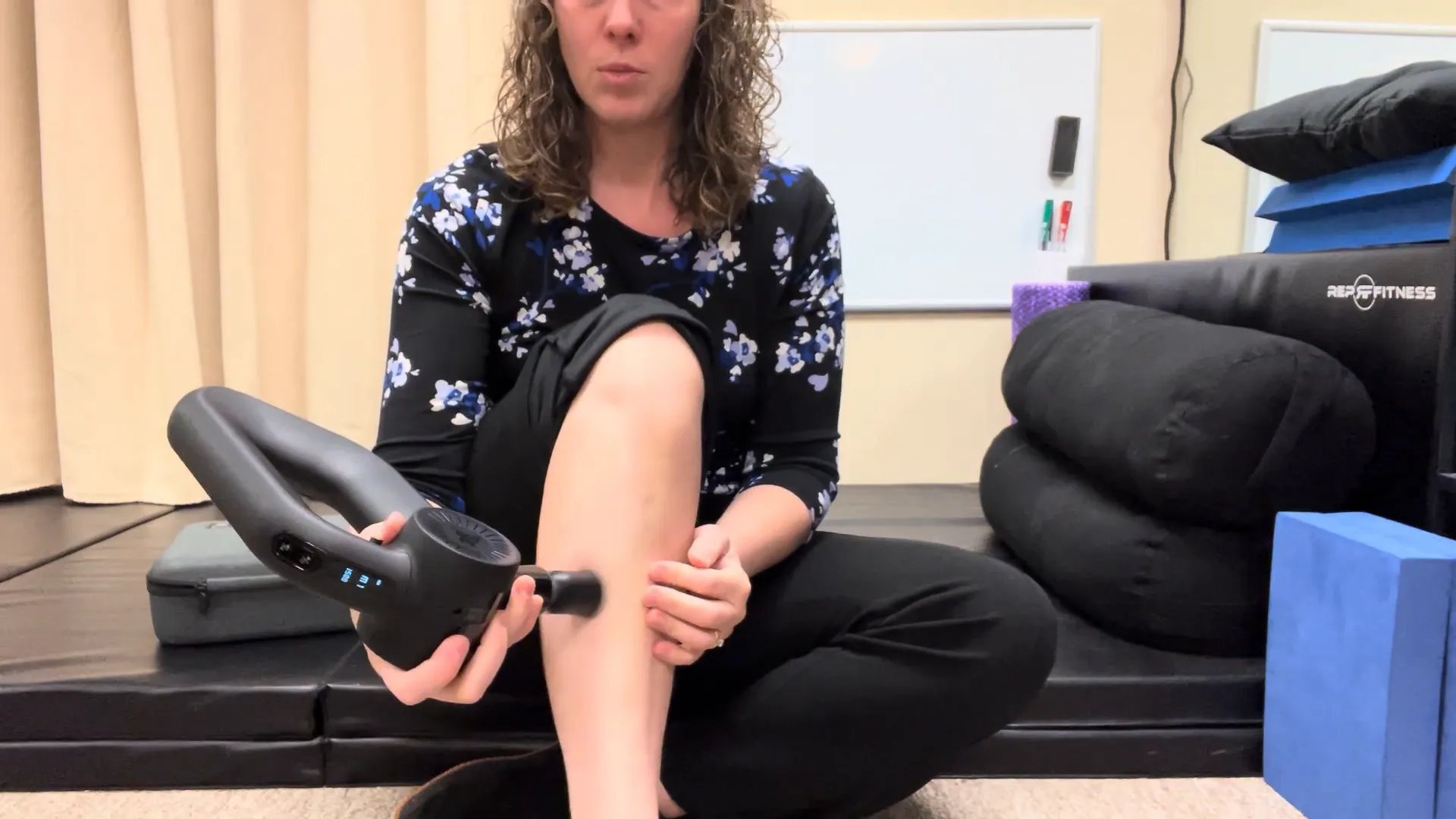
Benefits of Using a Massage Gun
Using a massage gun on your anterior calf has multiple benefits:
- Increased Blood Flow: The rapid percussion helps increase circulation to the area, promoting healing.
- Reduced Muscle Tension: Regular use can alleviate tightness and discomfort, making it easier to move.
- Improved Mobility: By breaking down adhesions and tight muscle fibers, you can enhance your overall range of motion.
- Quick Recovery: Athletes can benefit from faster recovery times after intense workouts.
When to Use a Massage Gun
Timing your massage sessions is crucial. Here are some recommendations:
- Before Workouts: Use the massage gun to warm up your muscles and improve flexibility.
- After Workouts: A post-workout massage can help reduce soreness and speed up recovery.
- During Recovery Days: Incorporate massage gun sessions on rest days to maintain muscle health.
Common Mistakes to Avoid
While using a massage gun can be beneficial, there are common pitfalls to avoid to ensure safety and effectiveness:
- Too Much Pressure: Avoid pressing too hard, as this can lead to bruising or further soreness.
- Ignoring Pain Signals: If you feel sharp pain, stop immediately. Not all discomfort is beneficial.
- Massaging Over Bones: Always steer clear of bony areas to prevent injury.
Frequently Asked Questions
How often should I use a massage gun on my calves?
For best results, you can use it a few times a week, or even daily if you’re experiencing tightness, especially after workouts.
Can I use the massage gun on other areas of my body?
Yes! Massage guns can be used on various muscle groups, including thighs, glutes, and upper body muscles.
Is it safe to use a massage gun if I have existing injuries?
If you have any injuries, it’s best to consult with a healthcare professional before using a massage gun to avoid aggravating the condition.
Conclusion
Incorporating a massage gun into your routine can significantly enhance your muscle recovery and overall well-being. By following the steps outlined above, you can effectively target your anterior calf muscles, alleviate tightness, and improve your mobility. Remember to listen to your body and adjust your technique as needed for the best results.
For more tips on self-massage and muscle care, check out our blog on self-massage techniques.
Happy massaging!
